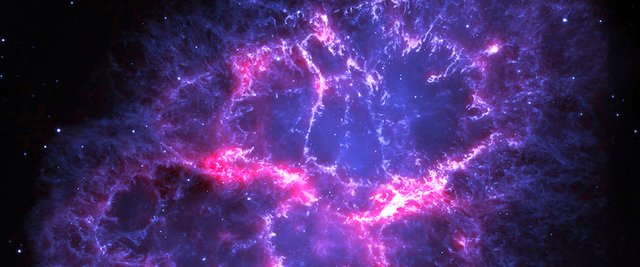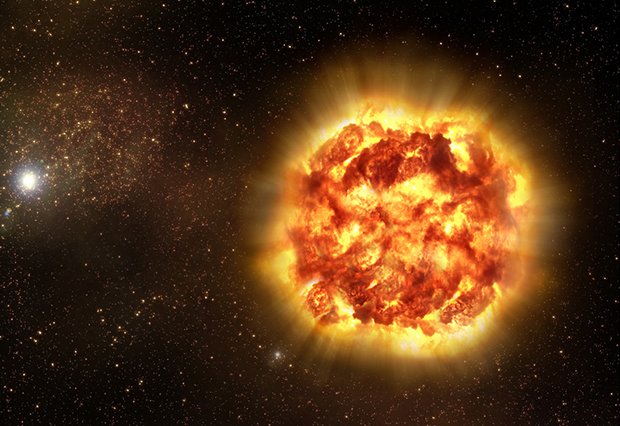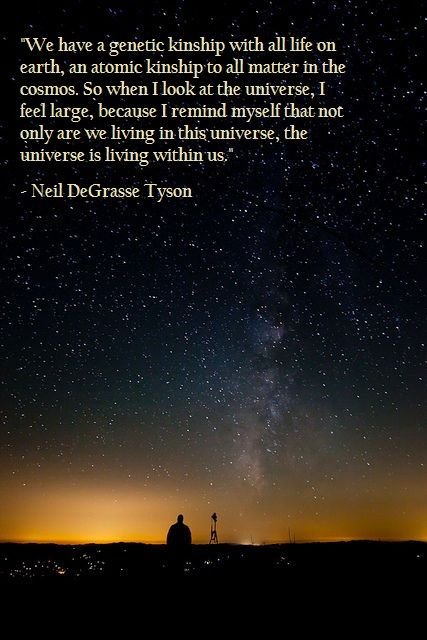Are we but glorious remnants of stardust ?

Living beings are abstract. Their existence cannot be reduced to the composition of their bodies, unlike other inanimate objects in the universe. Despite all these, there is one particular object in the galaxies that literally share our DNA, and everything we are made up of - stars. Strange. Isn't it?
The cycle of life and death these gigantic balls of flames, lighting up our universe go through is well known. When stars near the end of their lives, they consume their own fuel at a rapid pace, swelling up and exploding as a nova. When this explosion is many times larger, it is known as supernova, which appears brighter than the rest during its occurence.
According to astrophysicist Karel Schrijver of LMSAL, "most of the material that we're made of comes out of dying stars." Tons of stardust reaching the planet earth mixes with our body, re-defining our genes.

A visual still of a supernova (Source)
The bulk of our universe was once made up of hydrogen and traces of helium, just like stars. Of course we aren't directly made up of these two elements, else we'd float around like balloons. Stars operate similar to nuclear reactors forming heavier elements. Gradually, hydrogen got converted to helium, some of which got converted to the elements in our body - carbon, nitrogen, oxygen and sulphur.
So how do these stars reach the planet earth? According to Karel, the earth can't stop running into debris and dust particles in its orbit . Star dust reach us either as large meteors like it did during the extinction of dinosaurs or as microscopic debris dust, invisible to the naked eyes. But in the end, some of them settle in the earth gradually entering our system as a part of us.
As a philosophical extension of the discussion, Karel's wife , Iris Schrijver, who is a professor of Pathology at Stanford, gives us an insight as to what made this discovery possible, while explaining the transient nature of our existence. She says "Very little of our physical bodies lasts for more than a few years. Of course, that's at odds with how we perceive ourselves when we look into the mirror. But we're not fixed at all. We're more like a pattern or a process."

Source: Pinterest
This goes on to explain that we are dynamic in our existence. There are cells in our body that dies and regenerate, making us change in extremely small ways every second. Death is something that is promised to us all in the end, but in a very strange way, we'll also remain preserved. Not just in the minds of those who might remember us, but also in the most literal sense - as parts of those which shone bright in the darkest corners the galaxies, as glorious remnants of stardust.
Click here to read the full interview
I upvoted you and following you now.I appreciate you if you also follow and upvoted my posts @rizwankhan
Shameless plug that is relevant to this topic:
https://steemit.com/art/@ztetrahedron369/contest-win-an-original-piece-of-art-by-zero-tetrahedron-369
May the odds be of your favor!